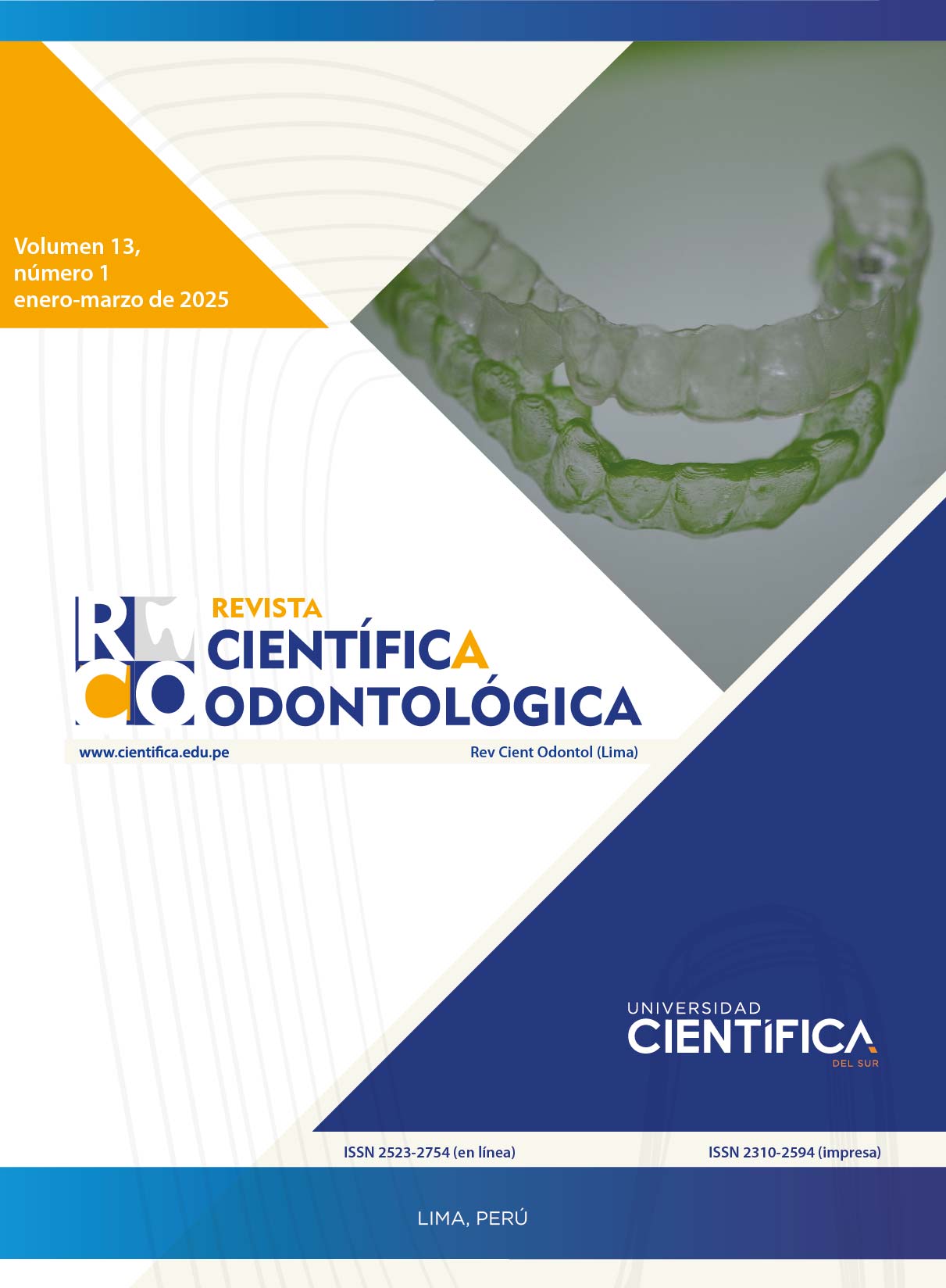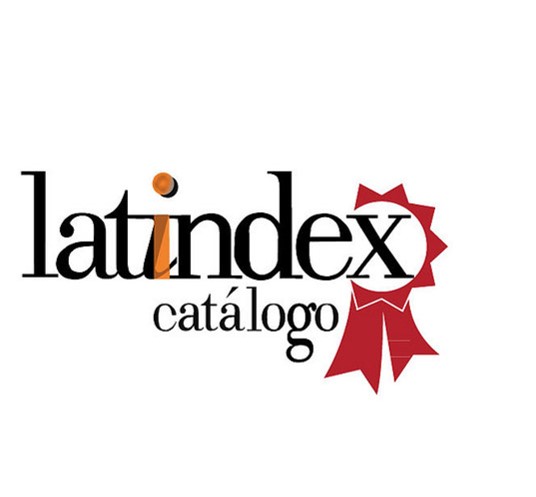IMPACT OF DENTAL ANXIETY ON THE ORAL HEALTH-RELATED QUALITY OF LIFE OF OLDER ADULTS IN A RURAL AREA OF PERU
DOI:
https://doi.org/10.21142/2523-2754-1301-2025-229Keywords:
dental anxiety, quality of life, oral health, older adults, access barriersAbstract
Objective: To determine the prevalence of oral health problems and dental anxiety in rural older adults, and their impact on oral health-related quality of life (OHRQoL). Methods: A crosssectional descriptive and analytical study was conducted among older adults in San Juan de Siguas, Arequipa, involving 64 participants aged 60 and above who provided informed consent. Sociodemographic, clinical, and oral health data were collected through structured interviews, using the Modified Dental Anxiety Scale (MDAS) and the OHIP-5 questionnaire to assess dental anxiety and OHRQoL, respectively. Binary logistic regression was applied to analyze the relationship between dental anxiety and OHRQoL, adjusting for relevant variables. Results: Participants had an average age of 68.5 years, the majority were women (54.7%), and most lacked health insurance (85.9%). All participants had decayed teeth, and 68.8% had experienced tooth loss. Half of the participants exhibited moderate dental anxiety (mean MDAS: 11.6), and the impact on OHRQoL was moderate (mean OHIP-5: 8.4). Logistic regression revealed that each one-unit increase in dental anxiety (MDAS) increased the odds of a greater impact on OHRQoL by 1.49 times. Additionally, participants satisfied with dental care were 4.67 times more likely to report a greater impact. Conclusions: Dental anxiety worsens OHRQoL in rural older adults due to access barriers and negative dental care experiences.
Downloads
Downloads
Published
Issue
Section
License
Copyright (c) 2025 Soledad Jimena Juárez Pacheco, María Alejandra Juárez Pacheco, Gabriela Mariana Castro-Núñez, Enrique Manuel de los Ríos Fernández, Mauro Henrique Nogueira Guimarães de Abreu, Wilfredo Gustavo Escalante-Otárola

This work is licensed under a Creative Commons Attribution 4.0 International License.

Este obra está bajo una licencia de Creative Commons Reconocimiento 4.0 Internacional.












